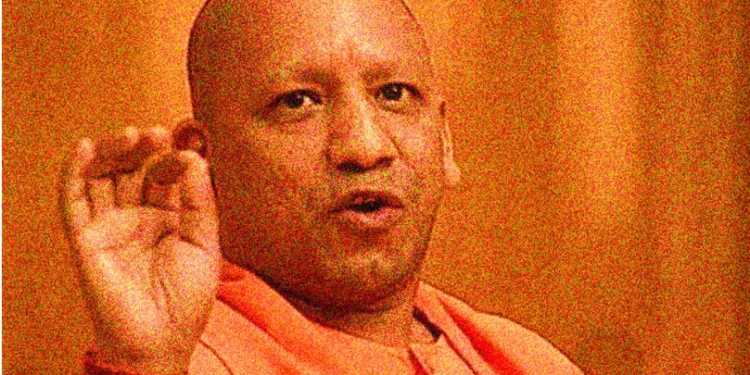Election campaigning in the state of Uttar Pradesh seems to have finally shifted gears following the aftershocks of demonetization. Pre-poll surveys indicate it is a two-way fight between the alliance of Samajwadi Party-Congress and the BJP.
A certain Yogi Adityanath recently thundered- “The real communalism is followed by those who have been ruling UP all these days. You give money to Kabaristan but not for Shamshan Ghat. You give money for Muslim girls but not Hindu girls. Here we are talking about “Sab ka Saath, Sab ka Vikas” and through Deen Dayal Gram Vidyutikaran yojana giving electricity to all. Our scheme for Girl children does not differentiate any girls from any caste or religion. And you call us sampradayik? And those who are looking for Dalit unity and Muslim unity alone have become secular?.” Yogi Adityanath’s brutal honesty and his way of handling the media have evoked comparisons with Donald Trump.
So, what has stopped the BJP from declaring Yogi Adityanath as the CM candidate?
Roadblocks
- BJP’s internal politics: Yogi Adityanath is a Thakur and Uttar Pradesh BJP is a highly factionalised unit. Yogi’s rise would not go down well with the Brahmin lobby within BJP led by Kalraj Mishra. Yogi is perceived as a Thakur supremacist by some and this does not help his case either.
- The Brahmin vote: Unlike many other states in the country, Brahmins are a significant presence in Uttar Pradesh, especially in Awadh. Brahmin vote was instrumental in Mayawati’s victory in 2007. Samajwadi Party received a good chunk of the Brahmin vote during the 2012 elections. The BJP, riding on the back of the Modi wave, had received a major share of the Brahmin vote in 2014 Lok Sabha elections. With an eye on the Brahmin vote, Congress made Sheila Dikshit- a Brahmin; its CM candidate. Although, a section of Brahmins did incline towards Congress in the early stages; the BJP seems poised to obtain a major share of the Brahmin vote now. A campaign centered around Adityanath has the possibility to wean away a part of the Brahmin vote.
- Polarization: A likely outcome of a campaign led by Yogi Adityanath is more polarization. Core Hindu voters would undoubtedly back Adityanath. But paradoxically, a highly polarized campaign may not be in the best interests of the BJP. It would mean that the Muslim vote- divided among SP-Congress, BSP and minor players like the Peace Party, Rashtriya Lok Dal and Qaumi Ekta Dal, shifts towards the alliance of SP-Congress. A divided Muslim vote in Uttar Pradesh played a crucial role in the BJP’s astonishing performance in the 2014 Lok Sabha elections.
Yogi Adityanath’s popularity as of now is more limited to Purvanchal. He is not much popular in the region adjoining the NCR territory, although he is gaining ground. As indicated by the surveys, his rising popularity and the lack of an alternative BJP face has propelled him to pole position. In all probability, Yogi Adityanath will not be the BJP CM candidate and the campaign would be led by PM Modi and the star campaigners. Further course of action will be determined after the eleventh of March- the day of result.
( I thank my friend Kunwar Amol for his valuable insights.)































